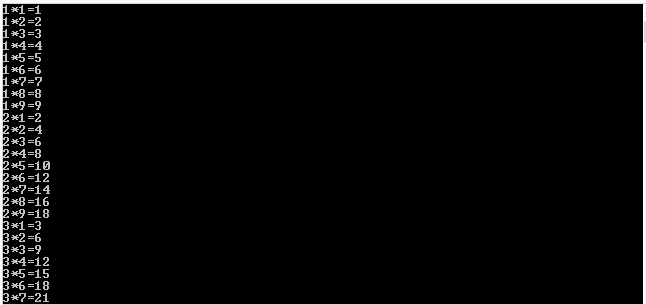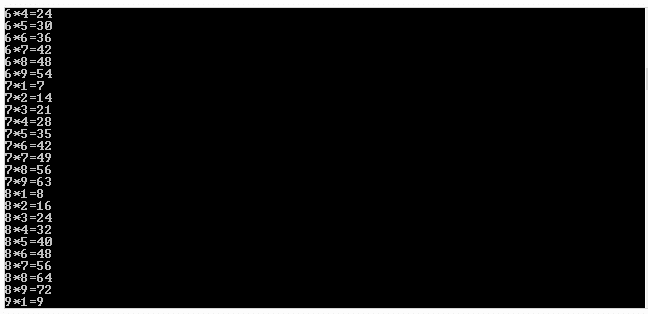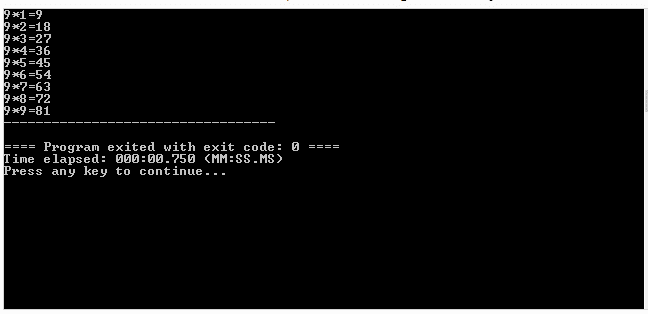Introduction
Loops are one of the numerous common programming constructs. They allow us to repeat a set of instructions for a given number of times or until the condition is met.
There are multiple types of loops in C++. In this article, we will explain the uses of the C++ nested loops and start with identifying the concept.
C++ Nested Loops
Reminder: What is c++ for loop
A for loop is a programming language statement that allows the programmer to specify how many times to repeat a set of instructions.
It can be used for counting and indexing, which means it can count things in a list or go through every element in an array.
A for loop is typically structured as follows:for (initialization; condition; increment) {statements;}
C++ nested loops
A C++ nested loop is a loop inside a loop. It is a programming construct used to create loops within loops. The inner loop repeats more often than the outer loop and usually has some control variable that runs from one to the number of iterations of the outer loop.
For nested loops to work, you need two variables: an index variable and a control variable. The index variable counts how often the innermost loop has been executed, and the control variable controls what happens when we reach the end of one iteration of the outermost loop.
Briefly

C++ nested loops
Briefly
” A C++ nested loop is a loop that is contained within another loop. In other words, the inner loop is nested within the outer loop..”
Characteristics of c++ nested loops
C++ Nested loops are loops that are inside other loops.Some of the characteristics of nested loops include:
- Nested loops are used to iterate through a list of items.
- They can be used to iterate through a list of numbers, strings, or characters.
- They can be used to iterate through an array or vector.
- Nested Loops allow us to create complex data structures and algorithms.
C++ nested loops examples
C++ neste loops: Multiplication table
The multiplication table is a loop that can be found in many different educational apps. It is a tool that helps children learn and memorize their multiplication tables. The table is usually divided into two sections: the one on the left is for the multiplicands, and the one on the right is for the multipliers. We can make the multiplication table using C++ nested loops.
The code of the program

#include <iostream>using namespace std;int main () {for(int number1{1}; number1<=9;++number1)for(int number2{1}; number2<=9;++number2)cout<<number1<<“*”<<number2<<“=”<<number1*number2<<endl;return 0;}
The output of the program




C++ Nested Loops: 2D Array
The C++ 2D Array is a data type in the C++ programming language that is used to store two-dimensional arrays of data. Arrays are one of the most used data structures in computer science and are a fundamental part of many programming languages.
The code of the program

#include <iostream>#include<vector>using namespace std;int main () {vector<vector<int>>vector_2d{{1,3,5,7,11,13,17,19,23,29},{0,5,10,15,20,25,30,35,40,45,50,55,60},{10,20,30,40,50,60,70,80,90,100,110,120,130,140,150},{100,200,300,400,500,600,700,800,900,1000,1100,1200,1300}, {1000,2000,3000,4000,5000,6000,7000,8000,9000,10000,11000,12000}};for(auto num:vector_2d){for(auto count:num){cout<<count<<” “;}cout<<endl;}return 0;}
The output of the program

Conclusion
C++ nested loops are a way to generate arrays of numbers. Nested loops are an essential concept in programming. They are a programming construct that allows the programmer to specify two or more loops inside one another.
This is done by nesting one loop inside another, called “nesting”. C++ nested loops are made up of two or more for-loops, and the innermost for-loop can have any number of for-loops.
The outermost loop is called the “outer” loop, and each successive inner loop is referred to as an “inner” loop. An everyday use case for C++ nested loops is generating arrays.
